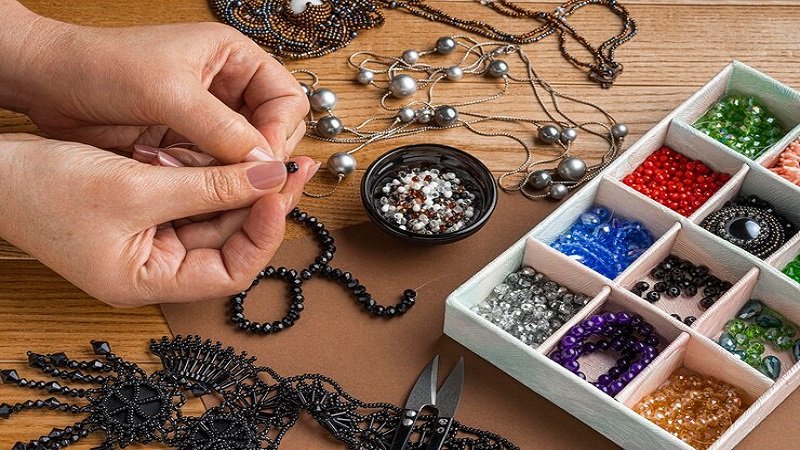Jewelry-making is a timeless art form that has been practiced for centuries. Whether you’re an experienced artisan or just starting out, the beauty and success of your creations largely depend on the quality and selection of the components used. One crucial element in jewelry-making that often goes unnoticed but plays an essential role in the final product is jewelry findings. This article explores the various types of jewelry findings, their uses, and why they are so important in crafting beautiful, functional jewelry.
What Are Jewelry Findings?
Jewelry findings are the components or hardware used in the creation of jewelry, such as necklace bracelets, earrings, and rings. These findings are used to hold the piece together, add a functional aspect, or provide a decorative touch. Some findings are essential for the functionality of the piece, while others contribute to the overall aesthetic. Findings can range from simple clasps and jump rings to intricate ear wires and decorative beads. Without these small elements, it would be impossible to create well-crafted jewelry that is both wearable and visually appealing.
Types of Jewelry Findings
The world of jewelry findings is vast, with countless types available to cater to different styles and designs. Below are some of the most common types of findings used in jewelry-making:
1. Clasps
Clasps are perhaps the most essential type of jewelry findings. There are various types of clasps, including:
- Lobster Clasps: A popular and secure type of clasp that uses a spring-loaded mechanism to fasten.
- Magnetic Clasps: These clasps use magnets to stay securely closed and are ideal for people with limited dexterity.
Each clasp has its advantages, and the choice of clasp can depend on factors such as the type of jewelry being made, the level of security required, and aesthetic preferences.
2. Ear Wires
Ear wires are the essential finding used to create earrings. These findings are designed to hold the earring in place, typically through the earlobe. Ear wires come in many styles, such as:
- French Hook Ear Wires: A classic style that hooks through the ear and is often used in dangling earrings.
- Post Earrings: A simple design where the earring is held in place by a post and a back.
- Lever-back Earrings: These are more secure, as they feature a clasping mechanism that ensures the earring stays in place.
Ear wires can be found in a variety of metals and finishes, allowing for flexibility in design and style.
4. Beads and Spacers
These findings can help create intricate, unique patterns in a piece of jewelry, whether you’re making a simple bracelet or an elaborate necklace.
5. Crimp Beads and Covers
Crimp beads are small metal tubes that are used to secure beading wire in place. After threading the wire through the bead and connecting it to a clasp or another component, the crimp bead is squeezed to create a secure hold. Crimp bead covers are placed over crimp beads for a polished look, ensuring that no sharp edges are exposed.
6. Bails
Bails can come in various designs, from simple loop-style bails to more intricate decorative options. They are available in a range of metals and finishes, allowing for a cohesive look with the rest of the jewelry.
Where to Buy Jewelry Findings
Jewelry findings are readily available at a wide range of sources, including craft stores, jewelry supply stores, and online marketplaces. Many artisans prefer to buy findings in bulk to save money, especially if they produce jewelry regularly. When purchasing jewelry findings, it’s essential to choose a reputable supplier who offers high-quality materials, as subpar findings can lead to poor workmanship and compromised durability.
Online stores often have an extensive range of options, allowing jewelry makers to select findings that perfectly complement their designs. It’s a good idea to compare prices, materials, and shipping costs before making a purchase to ensure you’re getting the best deal.
Conclusion
In the world of jewelry-making, jewelry findings are indispensable components that serve both functional and decorative purposes. From clasps and jump rings to ear wires and bails, these small yet important elements help bring your jewelry designs to life. Understanding the various types of findings and their uses can greatly enhance your craft, allowing you to create pieces that are not only beautiful but also durable and functional. By selecting the right findings, you can ensure your creations are as high-quality as they are visually stunning. Whether you’re just starting out or you’re an experienced jeweler, these findings will help you unlock the potential of your designs and bring your vision to life. More information visit my site KKC BOSS.
